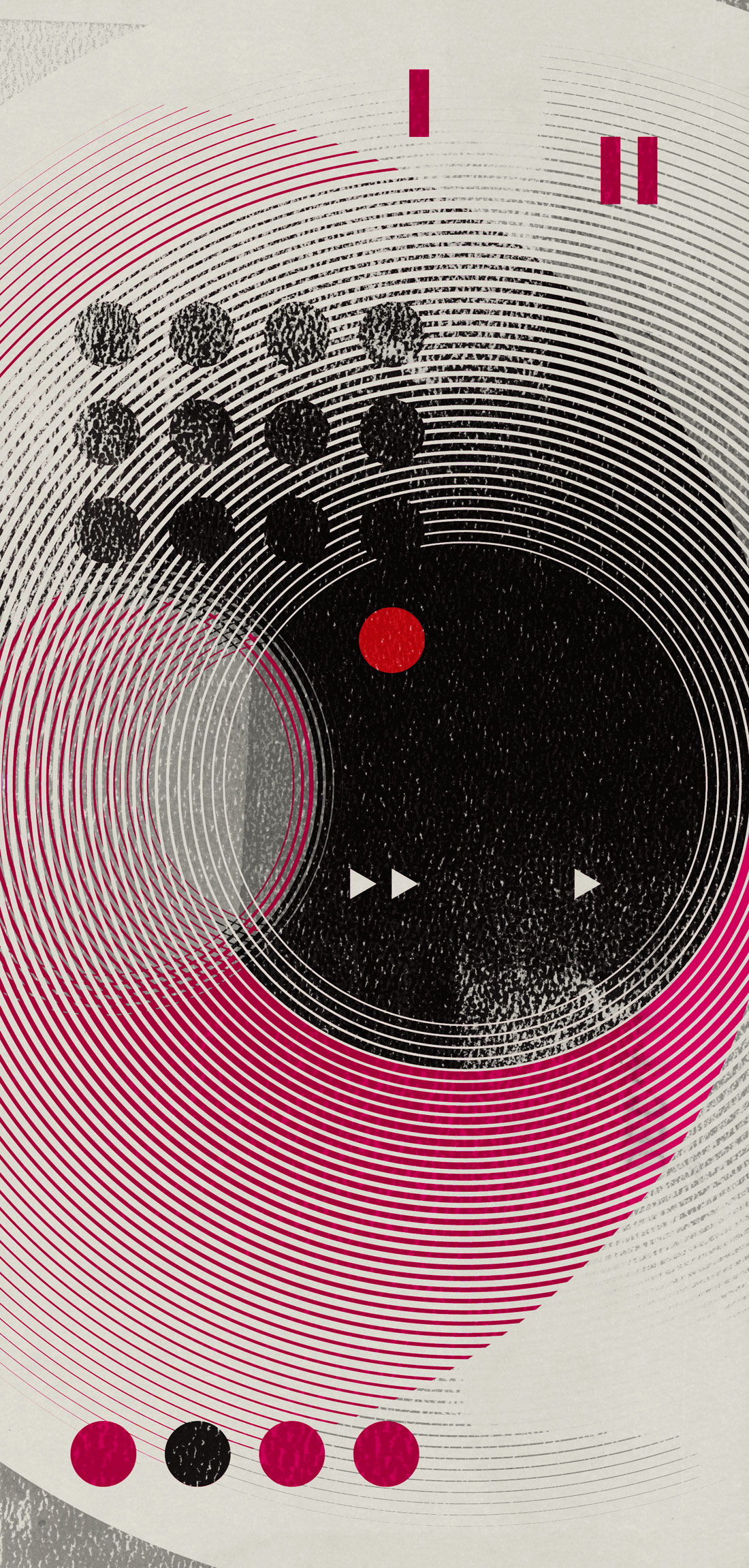I first set eyes on the Model One B about three years ago. I was working at Studio G in Brooklyn and a mysterious package arrived. It turned out to be an equalizer designed and built by a member of the Tape Op Message Board named Byron Jacquot. We hung on to it for as long as he would let us, but at the time I was just making ends meet assisting, and the opportunity to give it a serious look passed me by.
Skipping ahead to just a few months ago, I received an email from Joe Turse, now partner in what has become Square State Solid State. He was informing me that the “B” version of that same EQ is now available. Of course I jumped at the opportunity to try one at Strange Weather. The unit showed up just in time for a two week long mix session for the new Alfonso Velez album. I knew it would find a place somewhere but had no idea where to start. Luckily, due to the nature of the project, I had a little more time than usual to delve in to more interesting options.
Knowing that it is a swinging-input design with inductor-capacitor-resistor (LCR) filters, much like the old Auditronics desk we had at Studio G, I had my ideas on where to try it first. I started with electric guitars. The shelves on the high and low bands are distinct from any similar equalizers I’ve used and came in very useful when carving out some of the muck in reverby guitar tracks. When it came to giving a small boost in the upper mids, the Model One B reacted exactly as I expected. It was wonderfully smooth and helped me get clarity out of the guitars without making them bite.
After getting such great results, I decided to give it a try on vocals. I inserted it pre-compressor where I would normally put a Pultec EQP-1A. Although both the Pultec and the Model One B are inductor-based EQs, they are very different designs, and I didn’t expect the same creamy low end as I get with the Pultec; however, I was pleasantly surprised. The Model One B wasn’t quite as strong in the bottom but it had the dramatically clear top end that I always crave on vocals. I ended up using the Pultec, but I felt like it was more due to Alfonso’s voice and mic choice. I would certainly try the Model One B on vocals again in the future.
Finally, at the suggestion of house engineer Daniel Schlett, the EQ found its way over to drums and landed on snare. Normally, close mics are not my first choice for swinging-input EQ designs; however, I figured I’d give it a shot somewhere outside my comfort zone. Surprisingly, this turned out to be where the unit really shines. The 7 kHz shelf in the high end brought out the crack of the snare yet still left a pleasant softness to the tone that helped me place it behind the vocals. I found myself not having to fight to get the snare exactly where I like. It stayed there for the rest of the session.
But even after falling in love with it, maybe the most important aspect of the EQ is its surprisingly low price-point. With a street price of $500, even with its assembled-in-USA innards and stamped-steel chassis, it’s cheaper than 500-series units I’ve found; plus, it doesn’t require the purchase of a separate power supply. The TRS ins and outs are a tad bit annoying in an XLR-based studio, but I got over it just like I have with plenty of other pieces of gear I love. This EQ presents an amazing opportunity for smaller studios just beginning to delve into the world of outboard gear, but it also still stands up in a full-time commercial space like Strange Weather. The demo unit has moved on, but now I’m just waiting for the right opportunity to pick up a pair for myself.
($599 MSRP; www.squarestatesolidstate.com)
–Marc Alan Goodman <strangeweathersound@gmail.com>
Consoles/Summing, EQs, Mic Preamps | No. 93
Awesome Channel Amplifier
by Chris Garges
Dave Raphael is one of the smartest guys I know. He's a terrific recording engineer, a great photographer, a technically-knowledgeable individual, and he has absolutely astounding ears, so when he...




_disp_horizontal_bw.jpg)